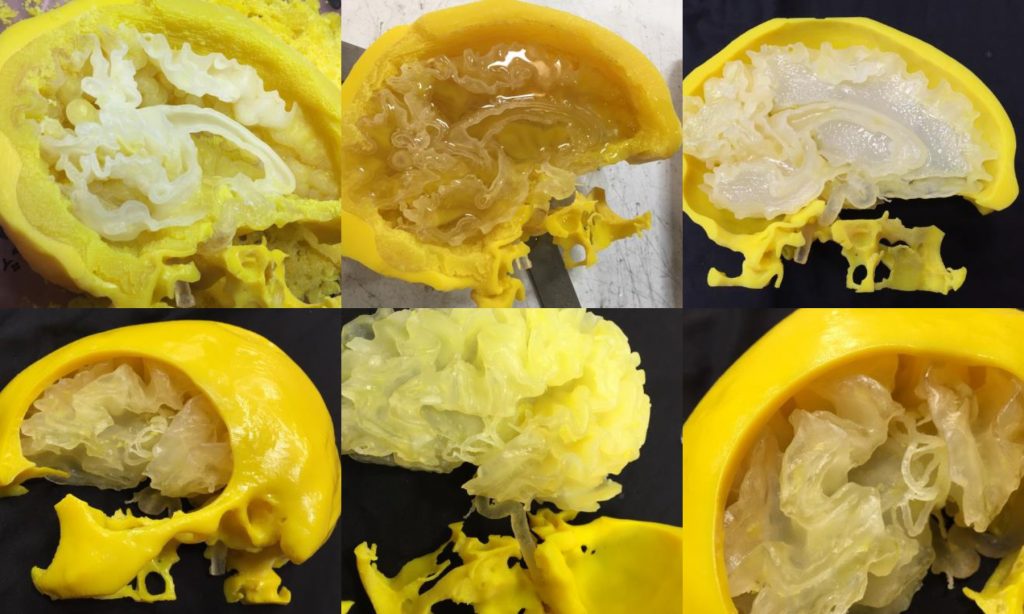A 3D printing start-up from Singapore pland to join the growing market for medical devices enabled by additive manufacturing. Supercraft3D have set up their headquarters in Singapore with $1 million worth of funding from angel investors and tech entrepreneur Binny Bansal – the founder of online marketplace Flipkart.

A new challenger approaches the world of 3D bioprinting
Supercraft3D is a 3D bioprinting company specialising in tailor-made knee, hip and jaw implants for patients, and models that can be used for surgical planning. As the company’s co-founder, Maltesh Somasekharappa explains to India’s Economic Times:
The surgical models like X-ray, MRI or CT scan are in 2D and are monochromatic. The common man cannot understand what it says. Surgeons also find it tough at times. So, we decided to convert these images into 3D models.
On an international scale, the competition for such technology is intensifying. 3DPI recently visited the Healthcare Technology Center of 3D Systems where we saw first hand how the company are advancing the use of 3D printing in the medical field.
Also in 2016, we saw medical applications for 3D printing including patient-specific anatomical models, and also an increasingly personal approach to healthcare through prosthesis and plates.

Supercraft3D embed electronics into the surgical implants so that a patient’s movement and the performance of their 3D bioprints can be monitored, and modified effectively.
The future of 3D bioprinting
In addition to synthetic-polymer based implants, Supercraft3D are looking to use 3D bioprinting technology to grow human bones from stem cells, and are working to produce a proponent hydrogel to support the research.
As a project in its infancy, the company does not yet have any affiliations with research institutions. Also in the same region is Singapore’s Nanyang Technological University that has had a specialist 3D printing initiative in place since 2015.
Featured image is of a human hip bone, one of the parts of the skeleton that Supercraft3D make implants for. Photo via: Oliver Braubach on Flickr


